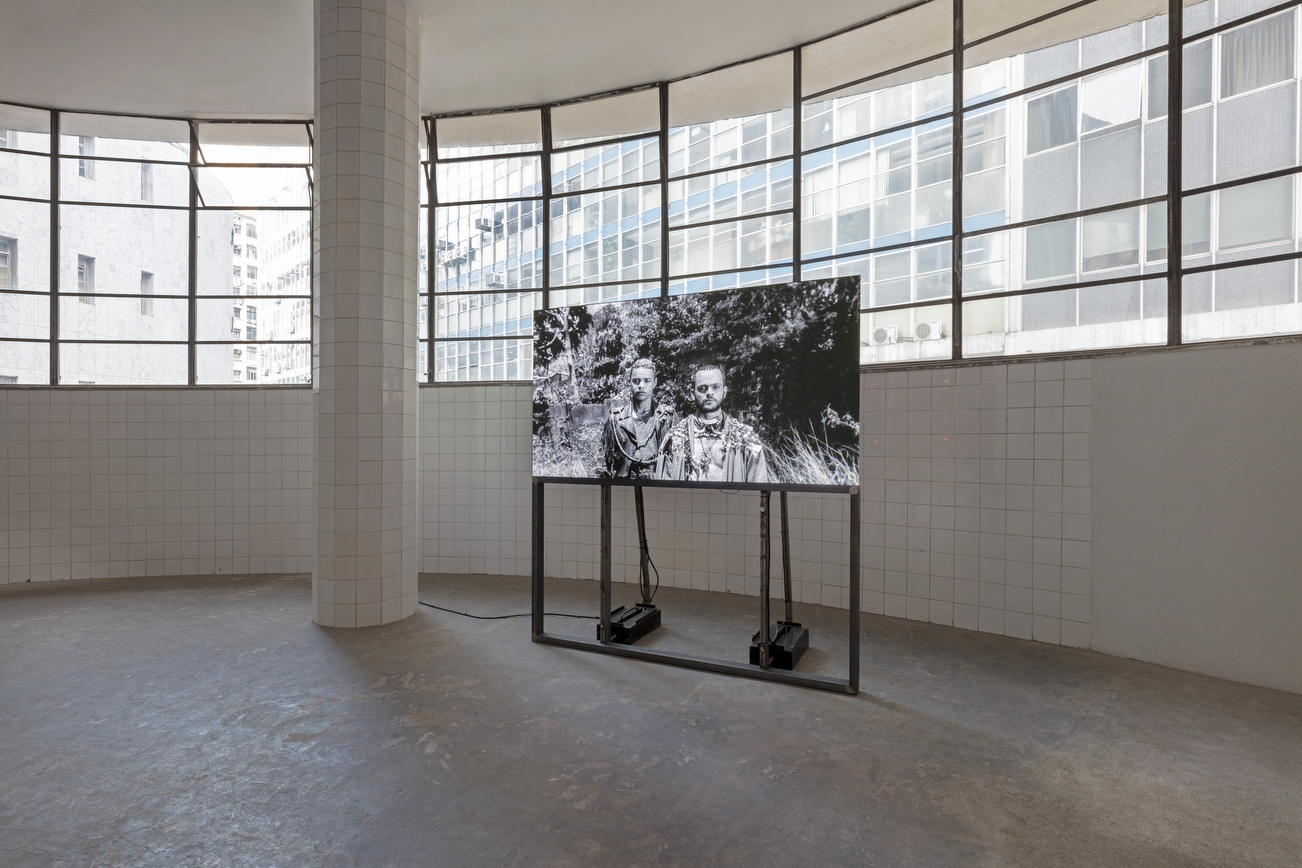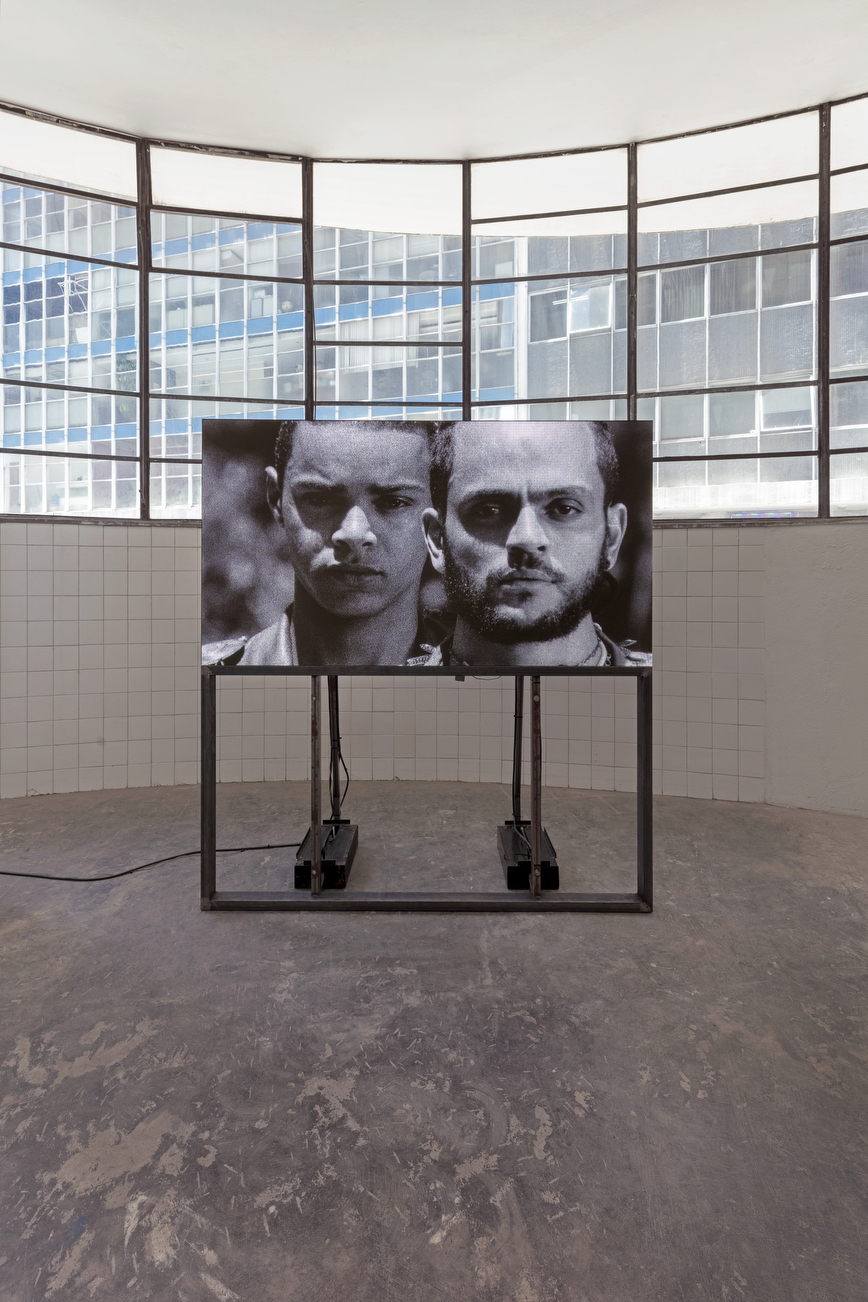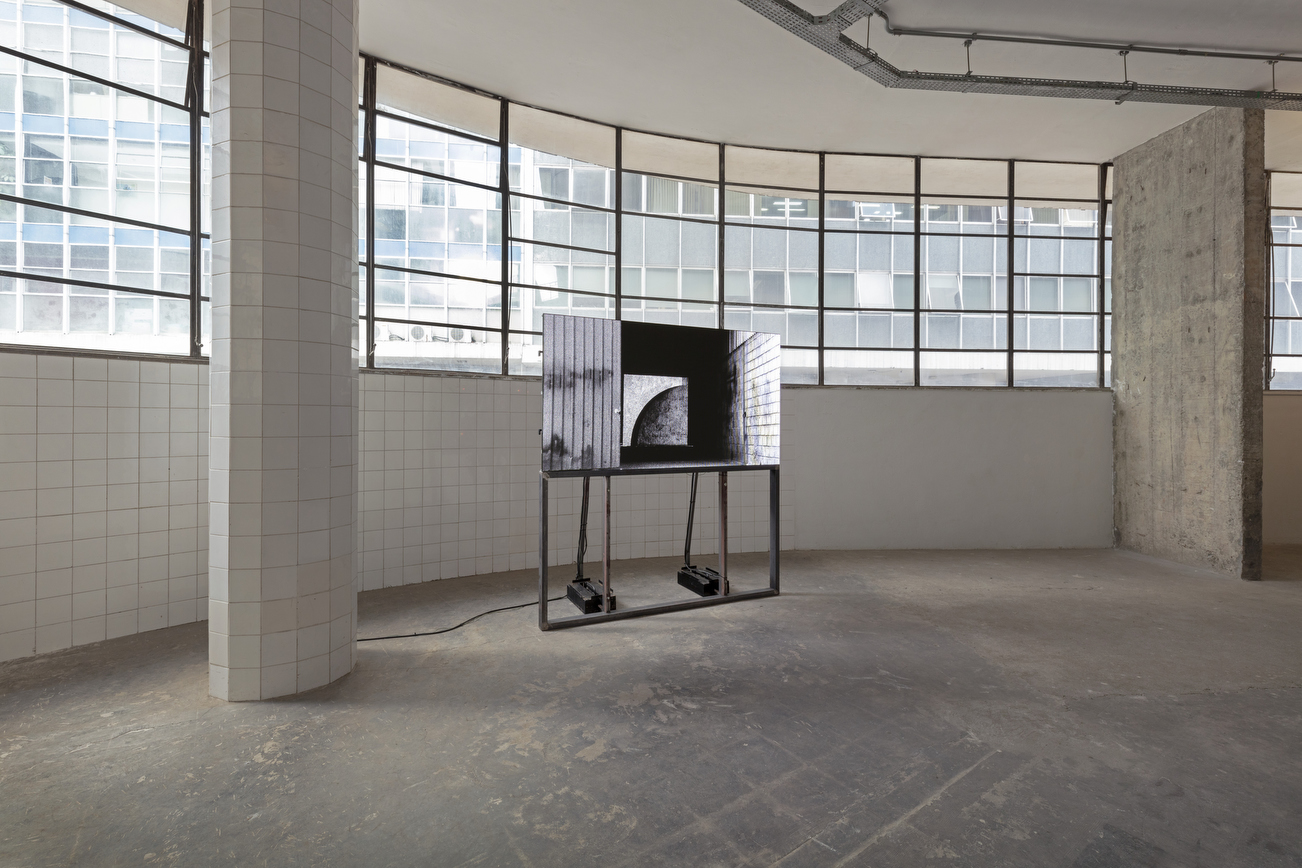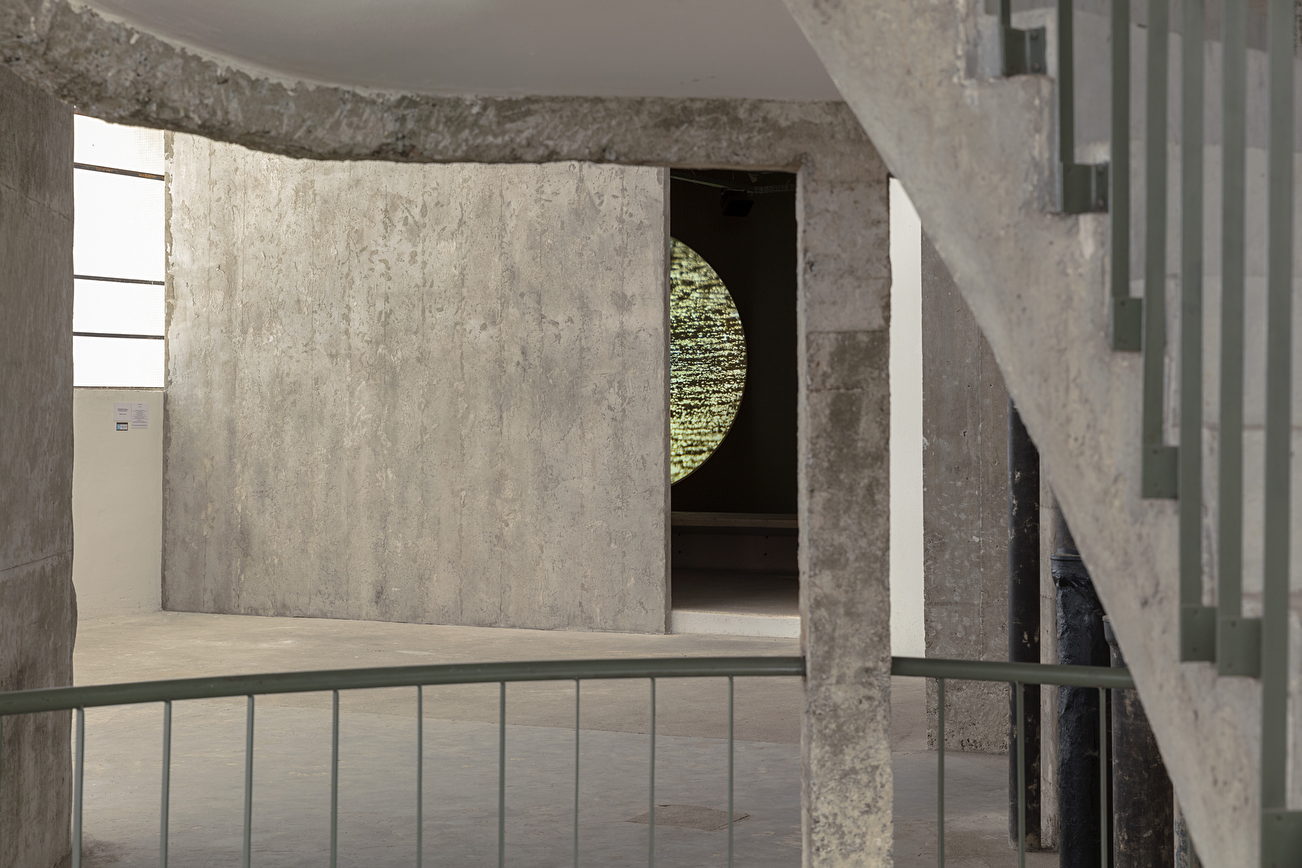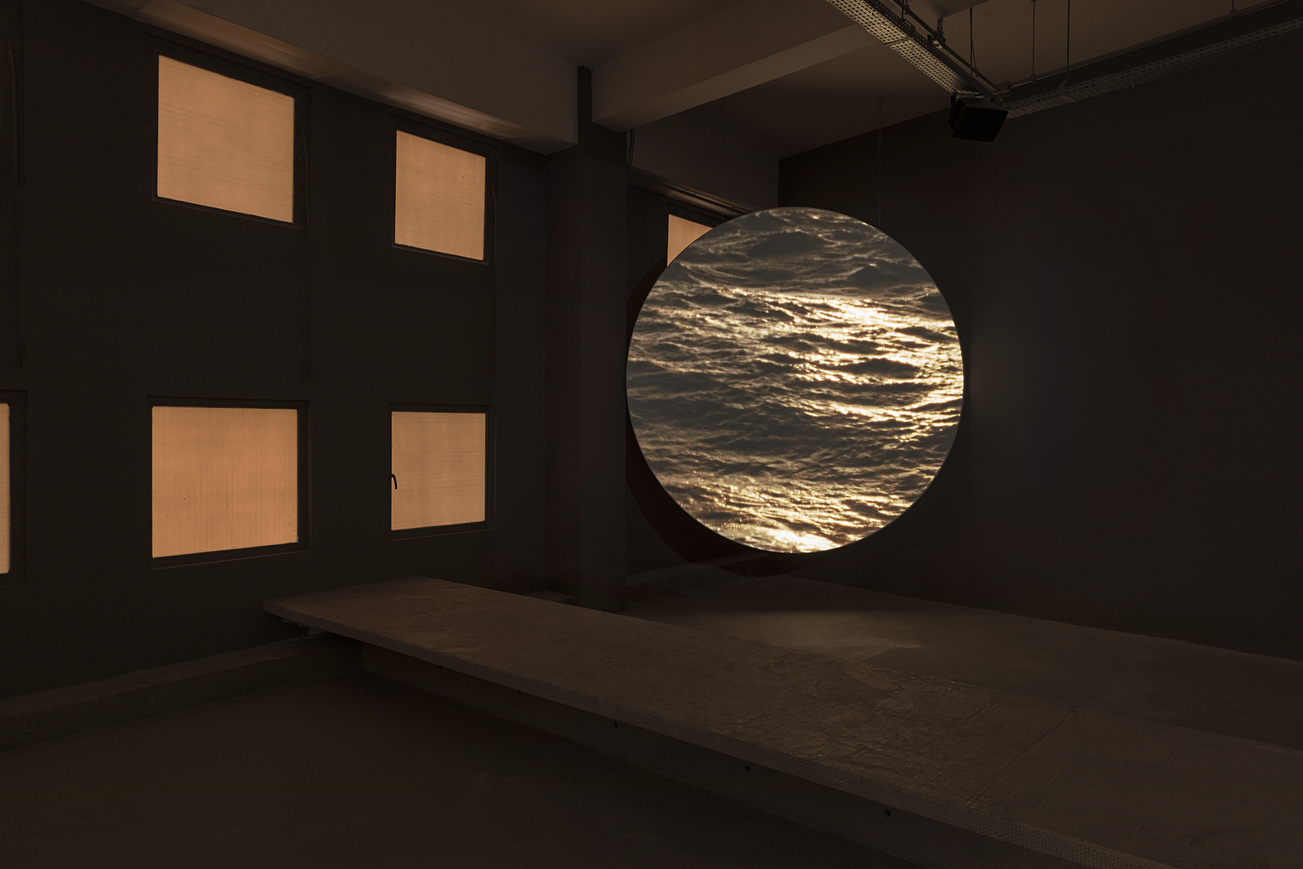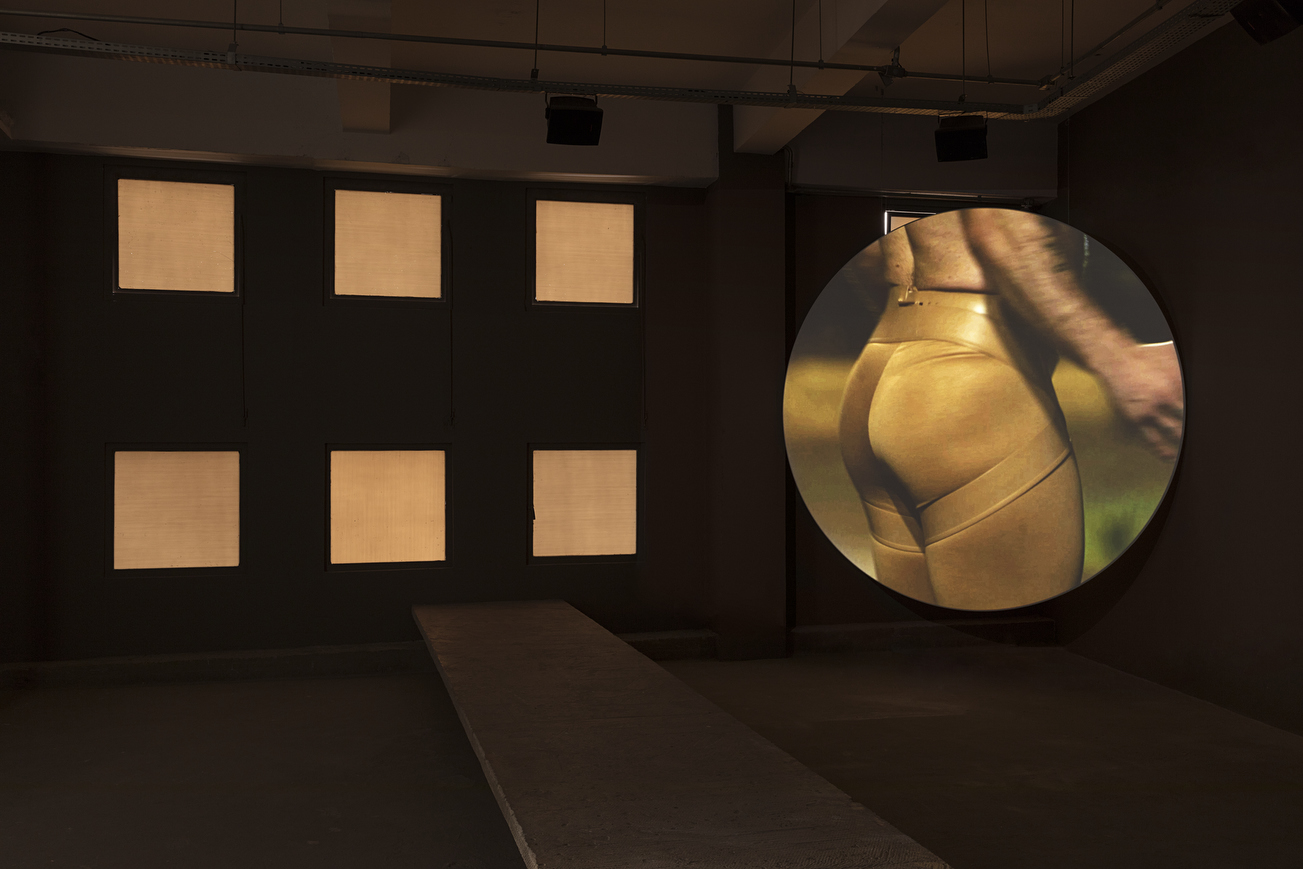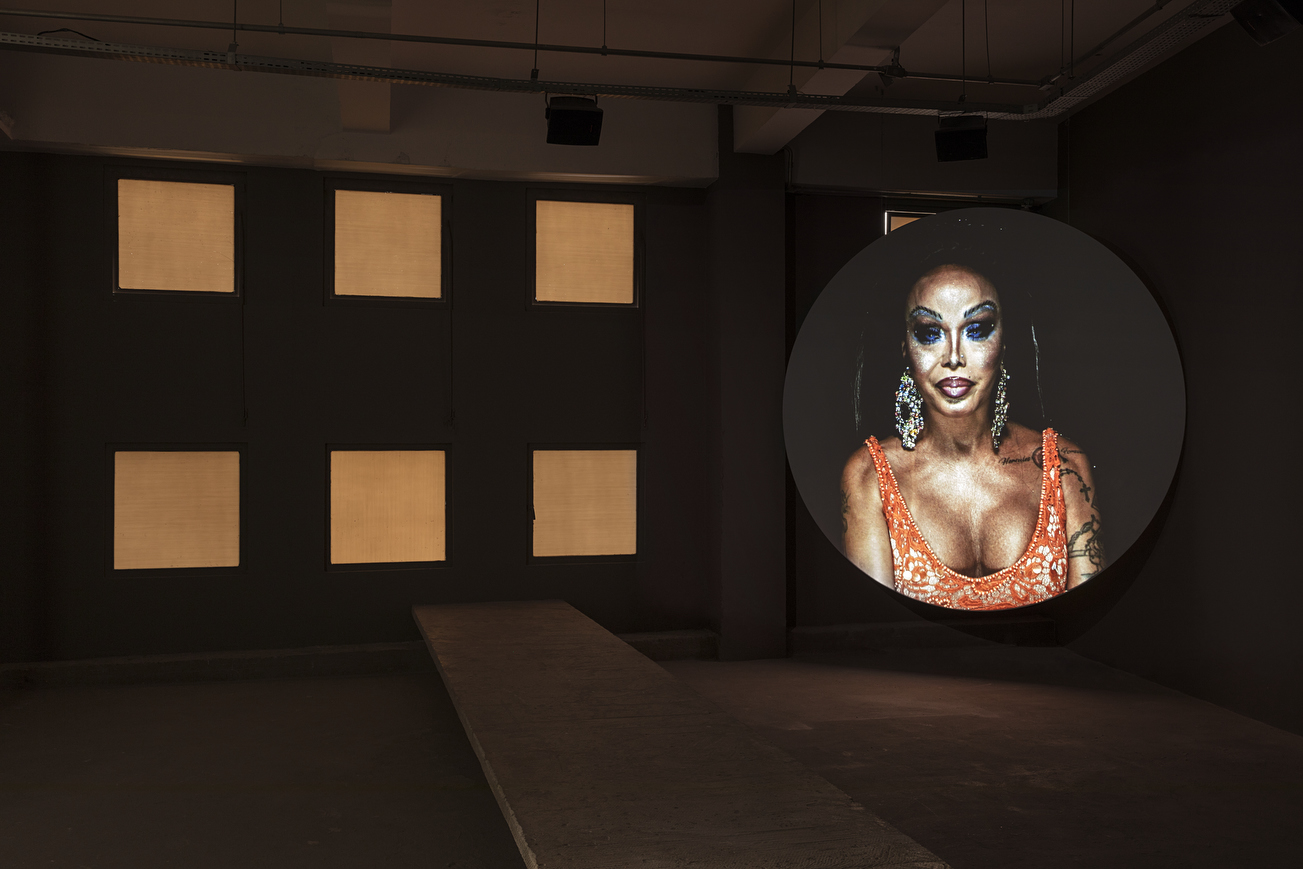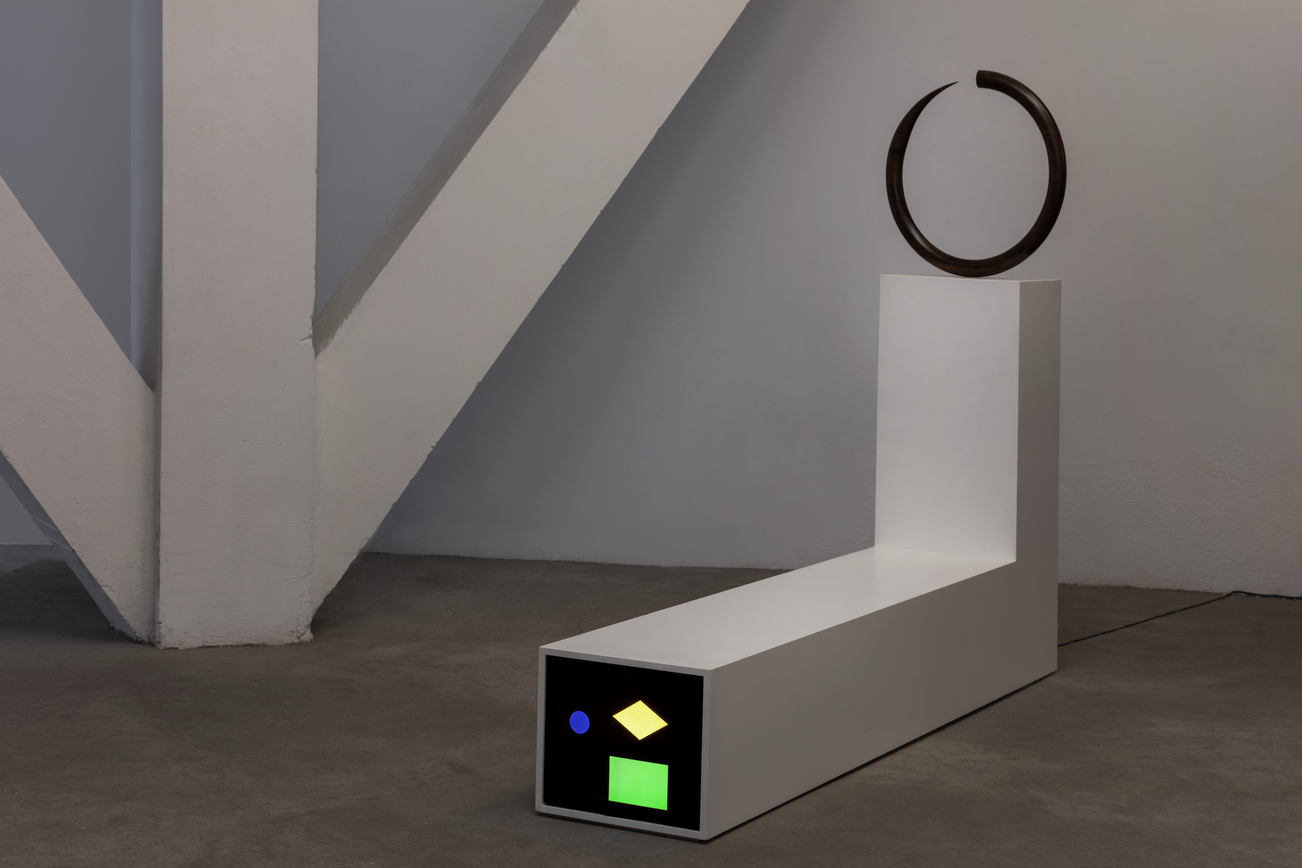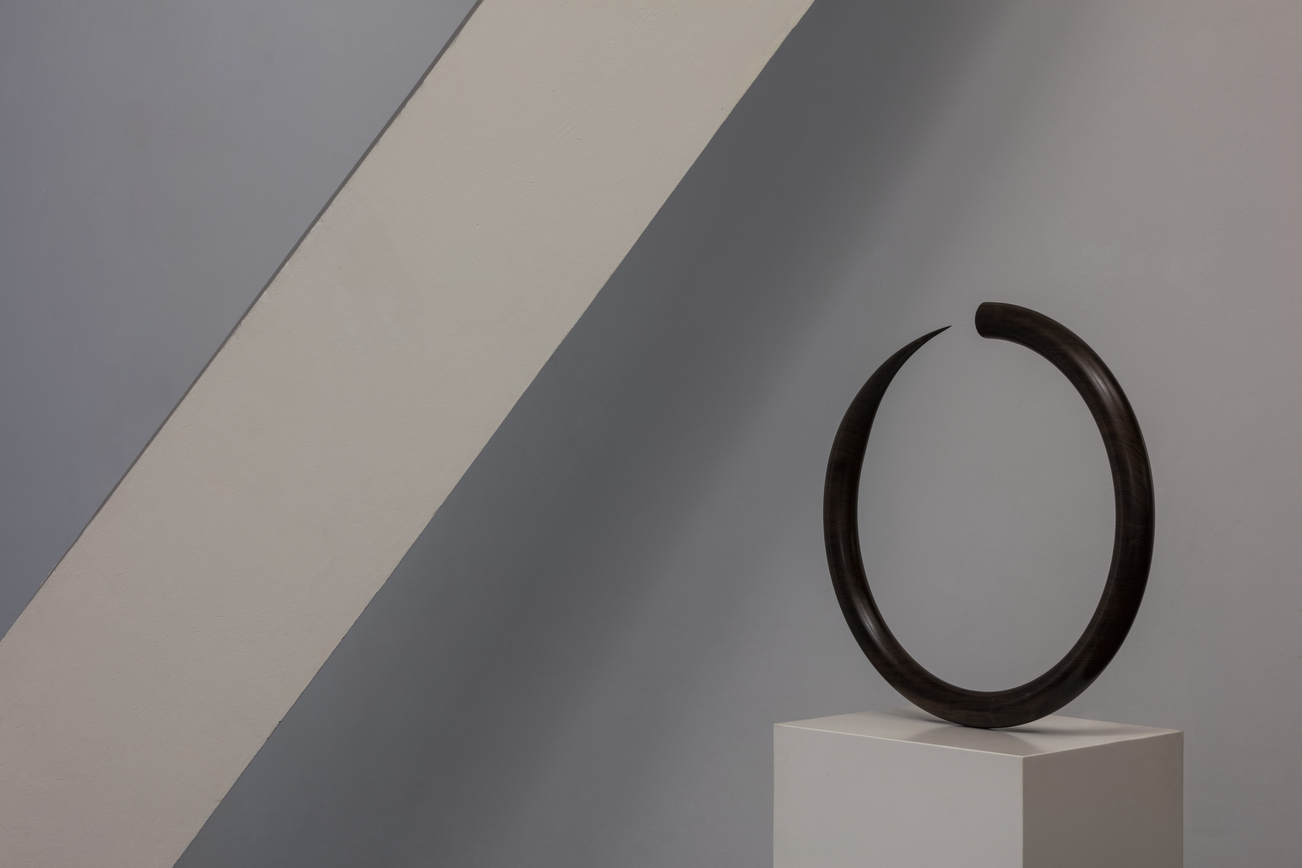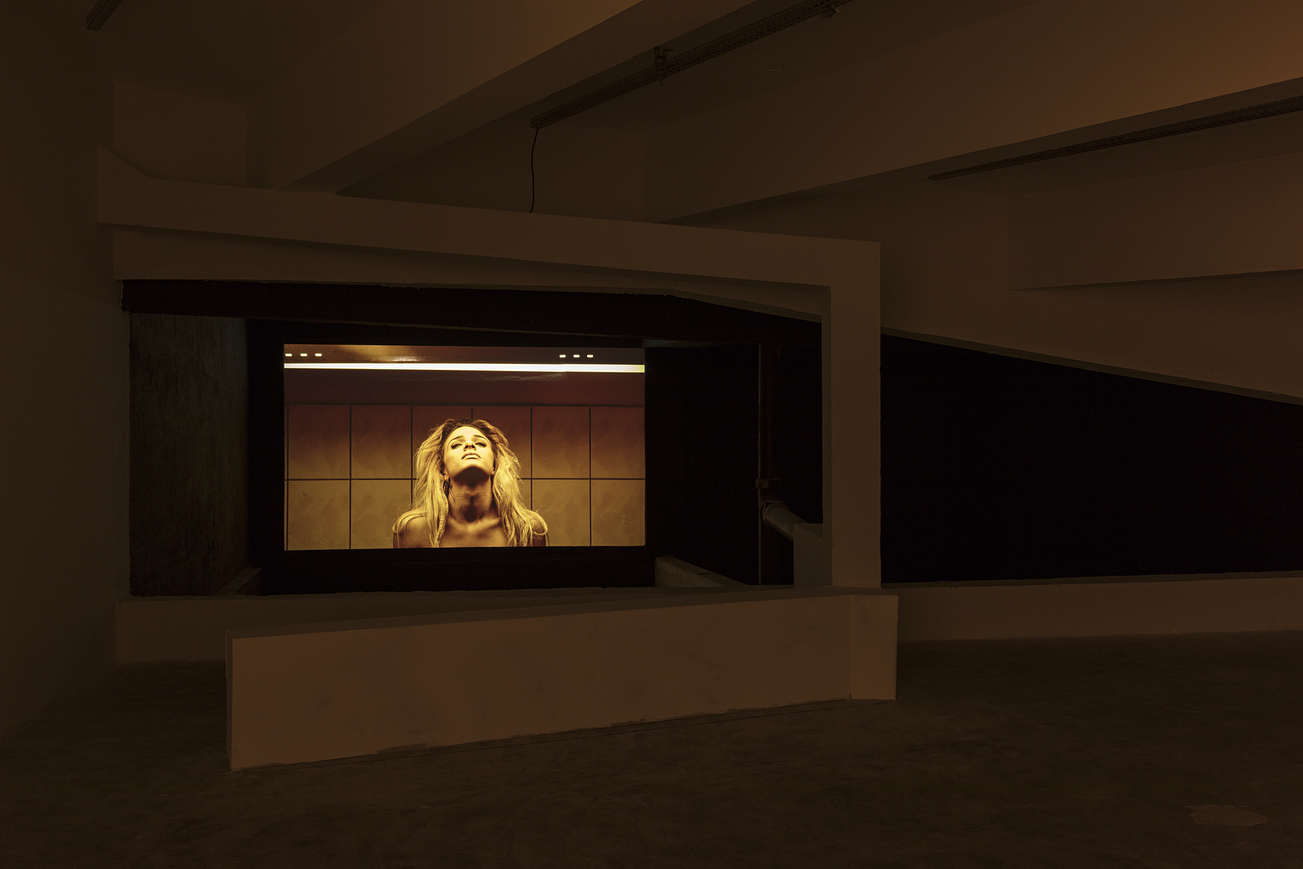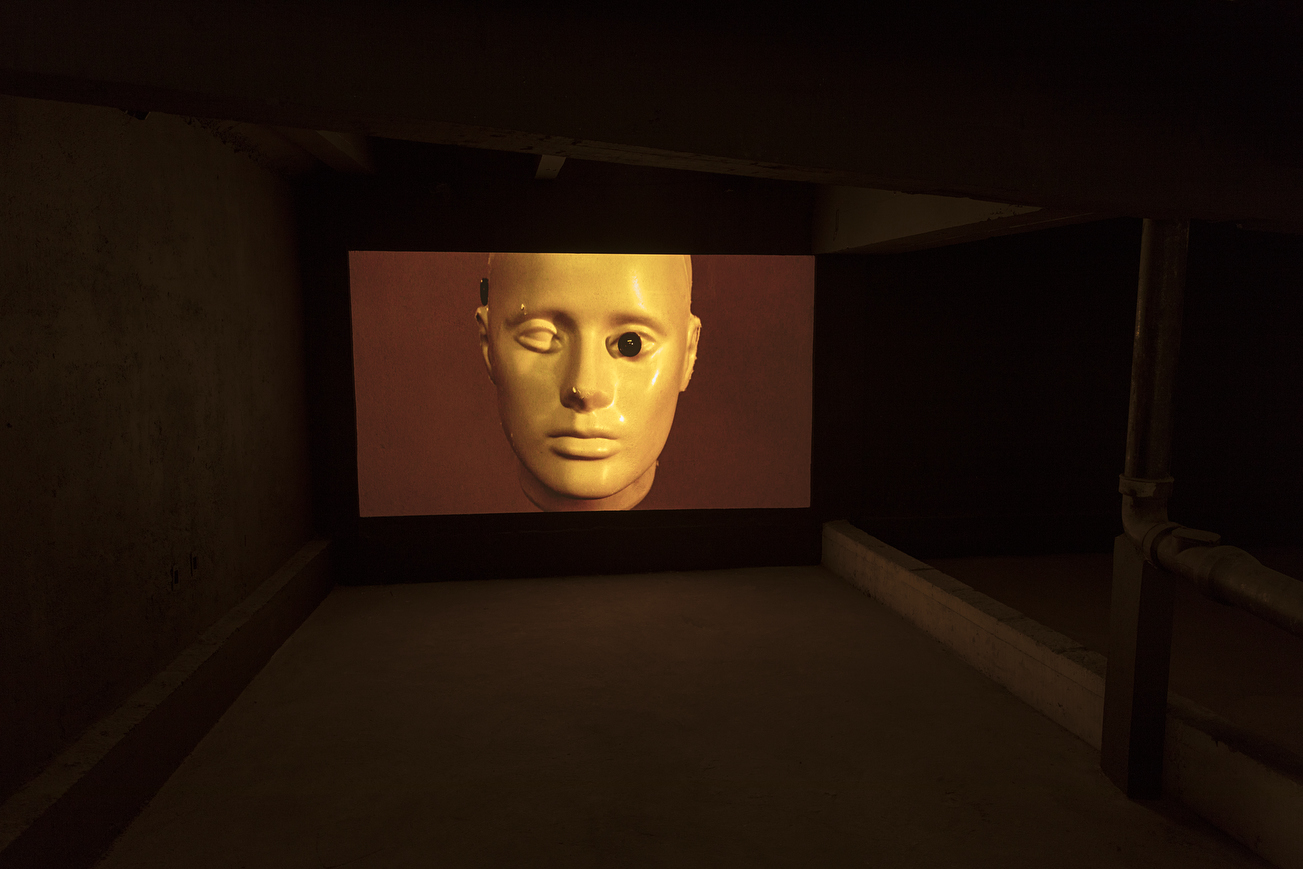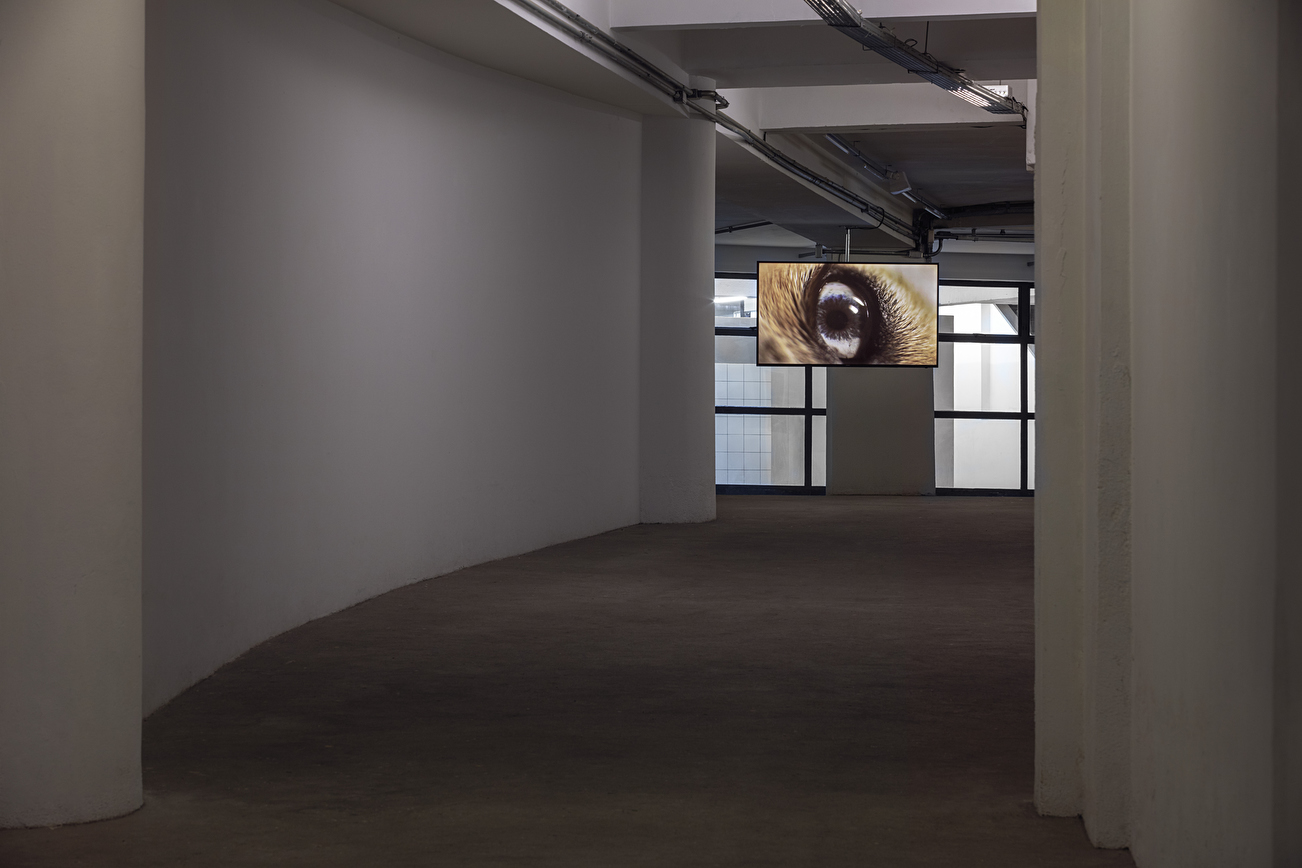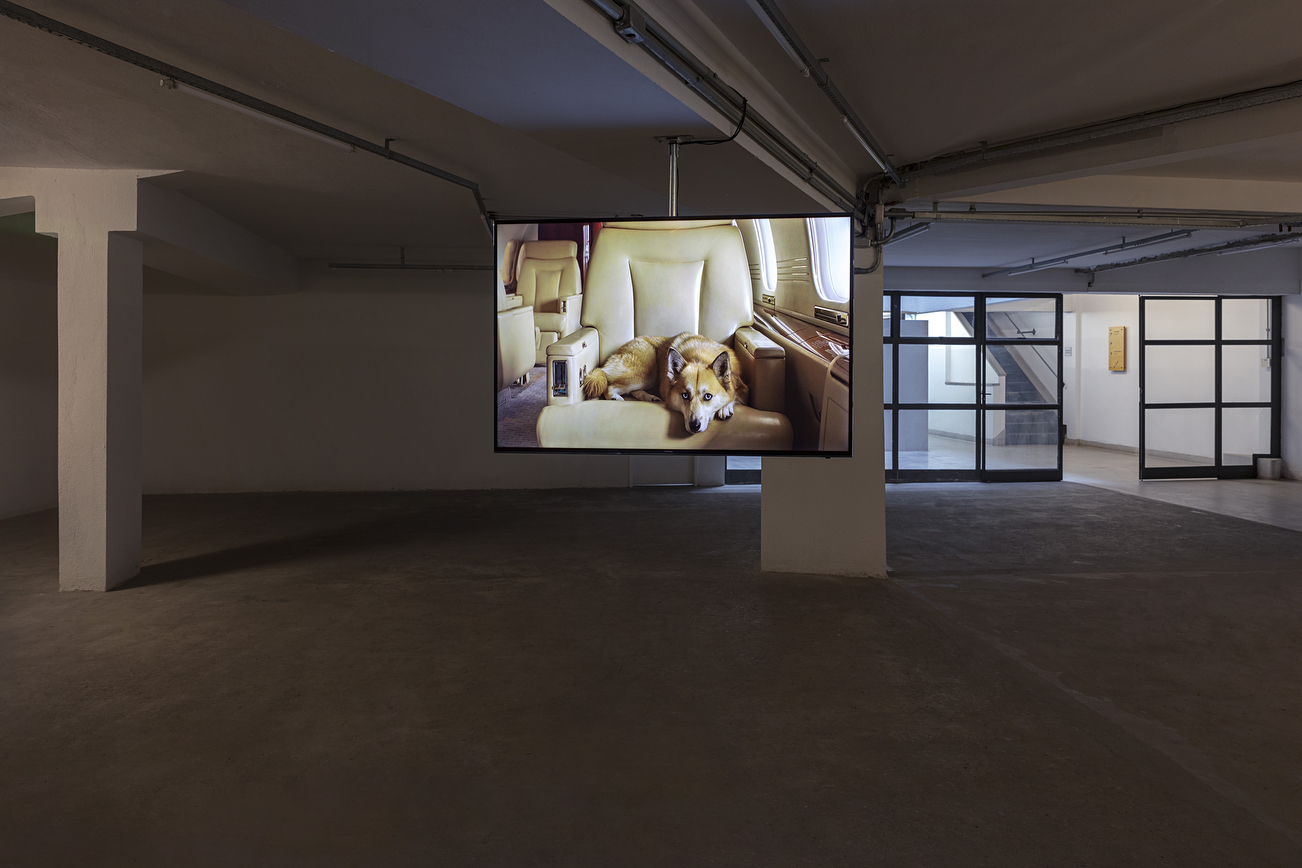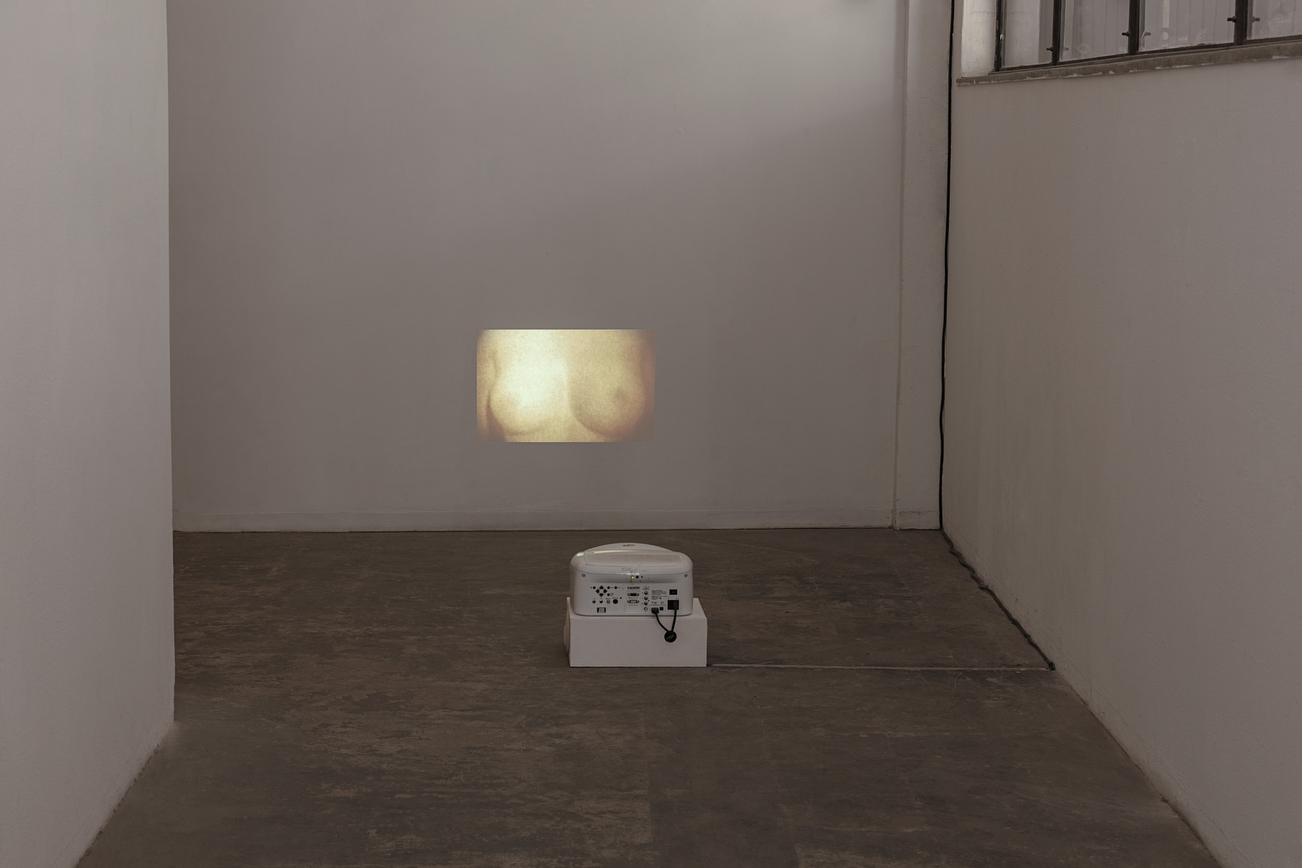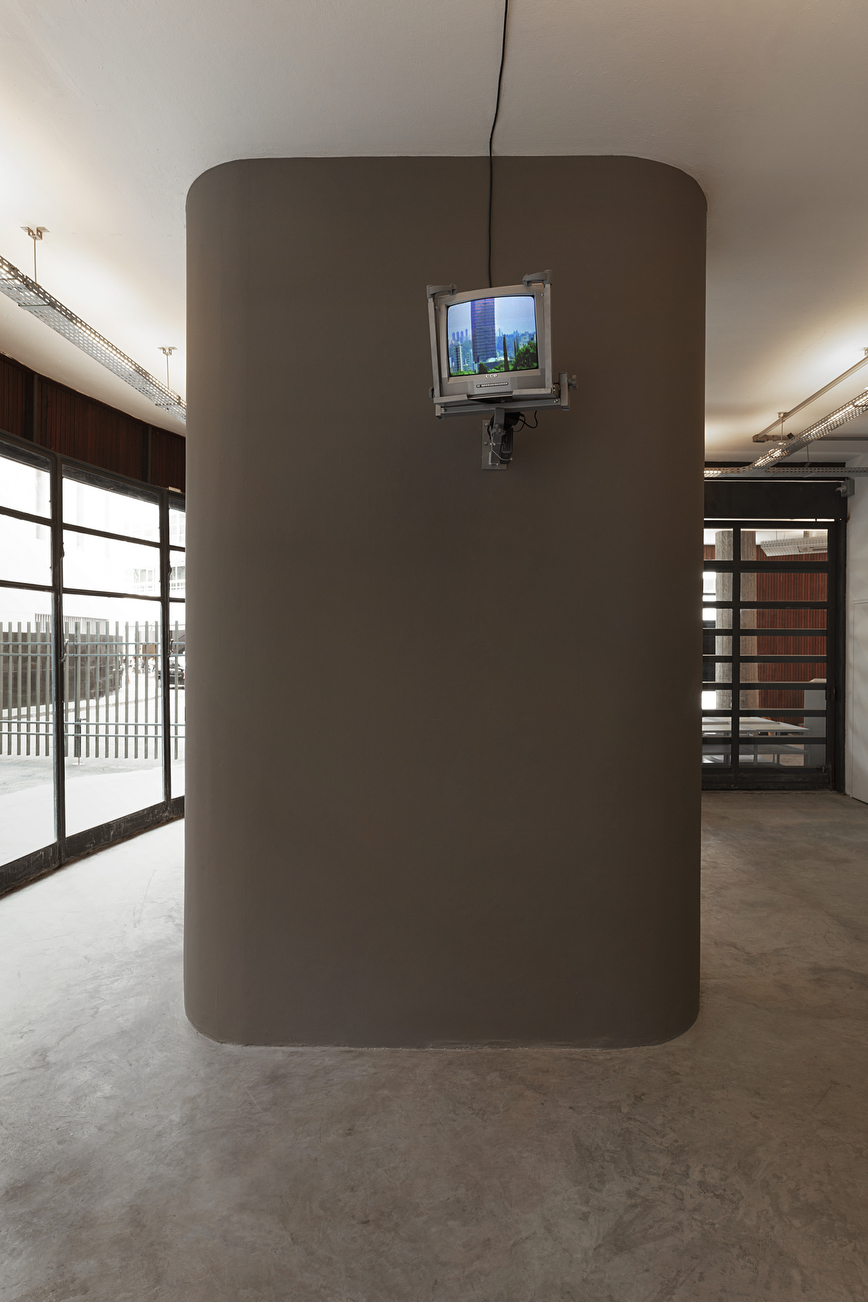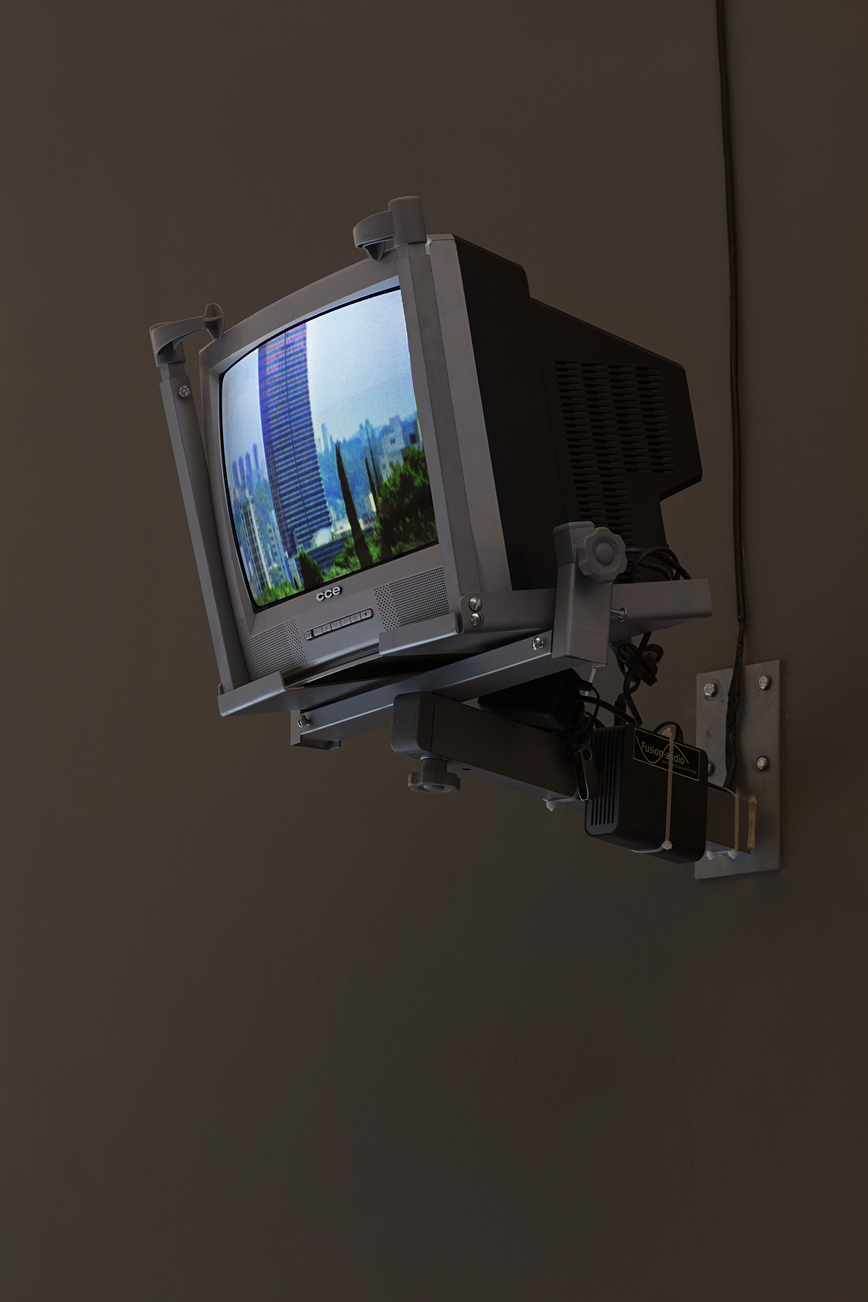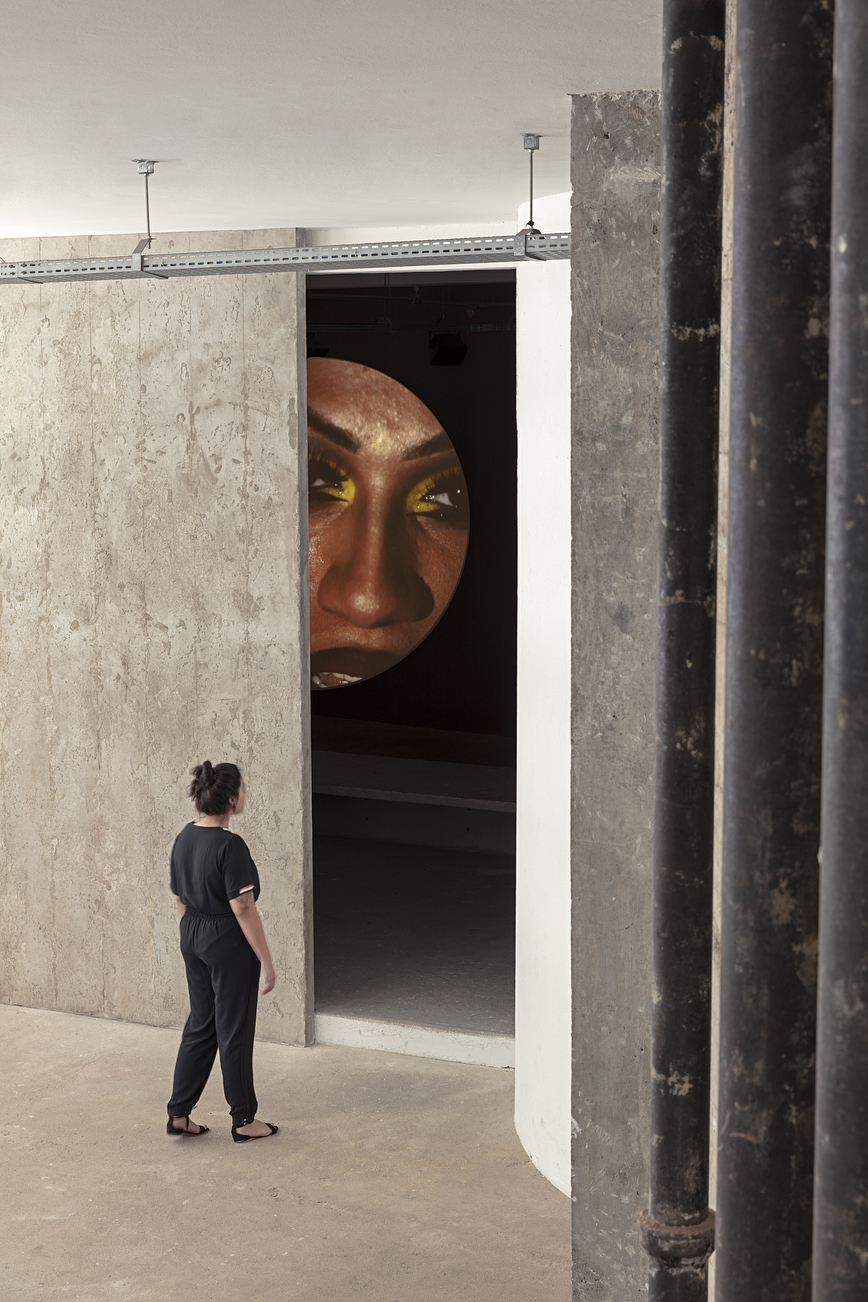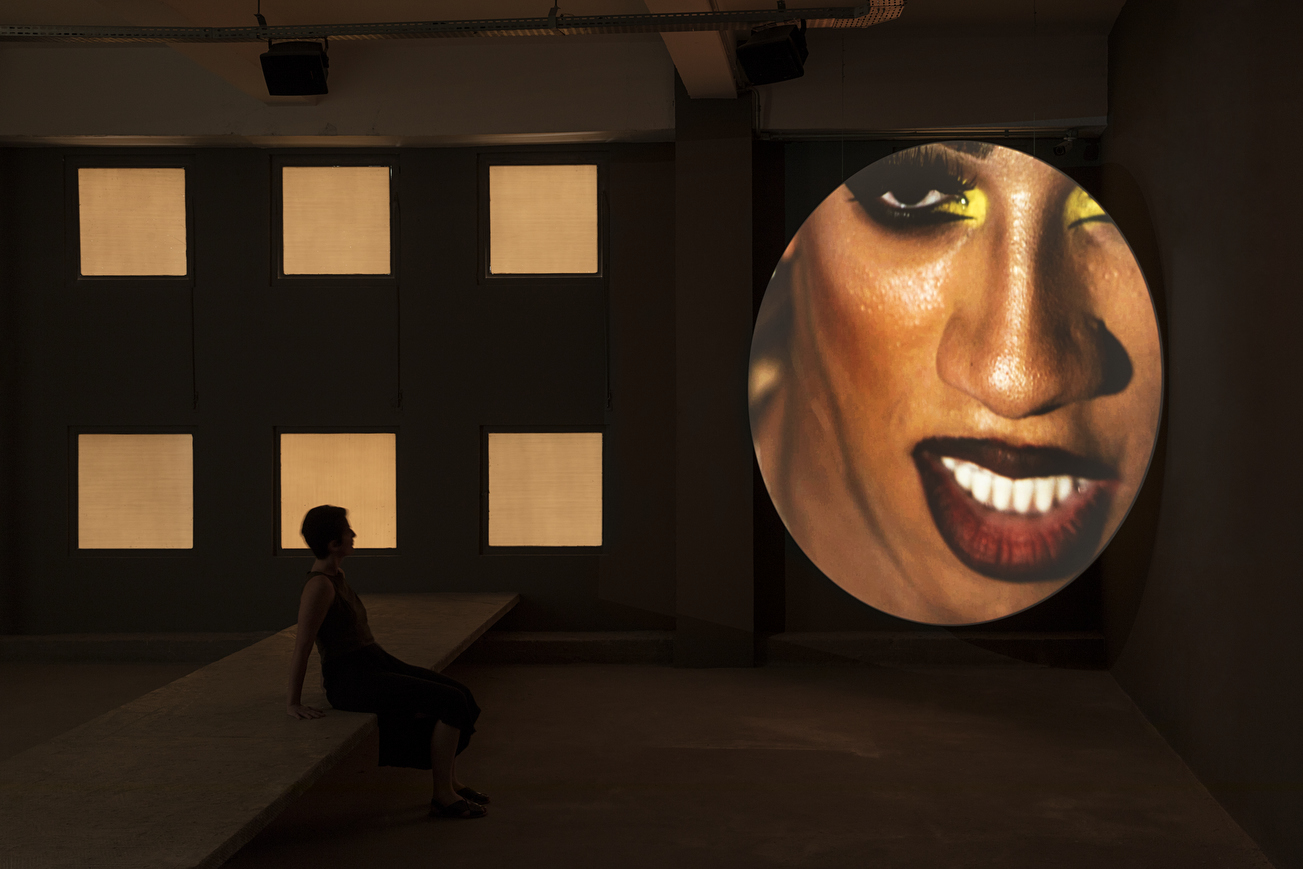
“República” presents part of Luiz Roque‘s production, carried out in the last 10 years. Curated by Fernanda Brenner, the exhibition will show six works on video, two of them never seen in Brazil.
Roque is interested in science fiction as a means of reflecting on geopolitical, social and historical issues and to speculate on possible futures. Desire is an important vector of the artist’s production. His works have the duration and the rhythm of trailers or video clips and can be presented both at the art gallery or the movie theatre. Particularly interested in the legacy of modernism, Roque relates it to the body in movement and transformation and to pop culture’s imagery, using the cinematographic language to build narratives and visual essays in a suspended time. His characters inhabit post-apocalyptic and dystopian scenarios to where the artist brings elements from the history of art and architecture.
The work that lends the title to the exhibition was commissioned for the project in partnership with the Passerelle Center d’Art Contemporain, in Brest, France. República closes the Pharmacopeia trilogy, constituted by Ano Branco (2013), present in the show, and Heaven (2016). In this series, Roque explores the human body as a territory of disputes and political transformations. República is a kind of documentary captured on video and Super-8, narrated by the performer Marcinha do Corintho, diva of the transvestite shows, active since the 1980s. The film is also a tribute to the central neighbourhood of São Paulo, where it is located the Copan building, in which Roque has lived for twelve years, and its emblematic square, a historic spot for many sex workers. The issue of sexual migration is at the core of the narrative and the circular visualization of the film. Roque addresses characteristic aspects of the “pharmacopornographic” society, according to the term coined by Paul B. Preciado. The transgender feminist philosopher is one of the characters in the film that begins his trilogy: Ano Branco starts from a lecture by Preciado to build a fictional plot set in the year 2031. The film raises the discussion about bioethics and the State’s interference on bodies as a form of political and social control.
The artist will also present the film Zero (2019), made during an artistic residency in Dubai, in the United Arab Emirates. The main feature of the short film is a dog that travels alone on board at an aircraft flying over the desert around a kind of oasis of futuristic skyscrapers. In a context in which technology points to the overcoming of the very concept of human, the contrast between the desert dust, the bright and clean glass of buildings and the drifting animal – perhaps the last remaining life – is a disturbing alert about the consequences of much of the political and economic decisions of the 20th century.
The production of “República” is a partnership with the Passerelle Center d’Art Contemporain. The French institution exhibits, from February 7 to May 2, a previous version of the exhibition.
Pivô appreciates the generous support of Virginia Weinberg in making this project possible.
ABOUT THE ARTIST
1979, lives and works São Paulo
His works are focused on the image in movement, expanding his practice to photography and sculpture. Recent solo shows include (CAC Passerelle, Brest, 2020), Screen Series (New Museum, New York, 2020), Televisão (MAC, Niterói, 2018), HEAVEN (Tramway, Glasgow, 2017), The Modern Years (MendesWoodDM, Brussels, 2017) and Ancestral (CCSP, São Paulo (2016). His works were included in important group shows such as 1st Riga Biennial (Latvia, 2018), Avenida Paulista (MASP, São Paulo, 2017), 32nd São Paulo Biennial (2016), Mark Leckey: Containers and Their Drivers (MoMA PS1, New York, 2016), The Violet Crab (DRAF, London, 2015), The Brancusi Effect, (Kunsthalle, Viena, 2014) and Modern Fears (Tomie Ohtake Institute, São Paulo, 2014).

 Português
Português